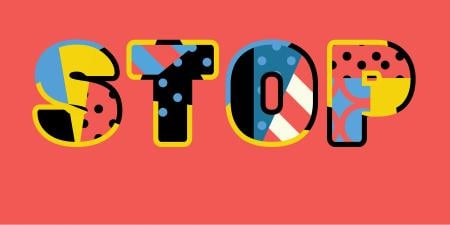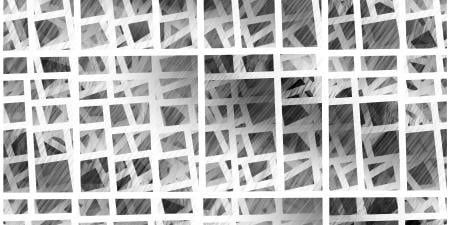Last May, the State University of New York (SUNY) Board of Trustees proposed to increase annual public medical school tuition from $10,840 to $18,840 by 2004-05, outraging and creating hardships for many medical students statewide.1, 2 First-year students at the 4 SUNY schools were not informed until late fall; thus, they did not learn of this increase until after they had made their choices of career and school. Their mid-year and retroactive tuition hike of 20 percent at the end of that semester thus came as an unpleasant surprise. Medical students at SUNY-Upstate were not even granted extra loans, so they had to pay that extra $2,000 out-of-pocket. A second installment of these tuition increases was also approved by the Board this spring.
Tuition hikes are not just a New York issue. Faced with the current economic downturn, many state legislatures are cutting their education budgets; this often forces public medical schools to impose dramatic increases. Last December, the state medical program in Indiana enacted a mid-year tuition hike of $500. Tuition increases of 8 percent or more have also been proposed at public medical schools in Minnesota, South Carolina, Wisconsin, and Arizona.
How can medical students fight this? Here in New York, students first built a coalition of both public and private medical schools, the SUNY Medical Student Executive Council. After all, medical schools closely monitor each other's tuition—so if SUNY drastically increases its tuition, private medical schools are not likely to be far behind. Our strategy has been to underline the impact on the general public. We have focused on two issues in our argument against these tuition hikes: access to a public medical education and future access to healthcare in New York.
Under the aegis of the Medical Society of the State of New York (MSSNY), we medical students visited legislators in our state capitol this March to express our concerns, then we followed up with a letter-writing campaign. Physicians in both our AMA and MSSNY have been very receptive to our concerns, establishing new policy in support of our efforts.3 We also obtained prominent media coverage in a large daily newspaper, which publicized the impact of these tuition hikes.
Since this is an election year for the governor and the entire New York State legislature, it is an excellent environment for our on-going lobbying efforts. This summer, we plan to meet with individual members of the SUNY Board of Trustees, asking them to spread these tuition increases out over a more gradual time frame. Finally, we wish to develop state legislation that would freeze tuition to the levels when each student first enters medical school, similar to policies already in place at the Mayo Medical School, Johns Hopkins, and Washington University School of Medicine.
Before we can stress additional arguments nationally, we need more data to quantify the impact of educational debt on specialty choice and on practicing in underserved communities – as well as the impact of increased tuition on student decisions to choose a medical career. If you are concerned about tuition increases and student debt at your medical school, the first step is to determine who establishes your tuition. For many state medical programs state legislatures or a Board of Regents sets tuition. To join our coalition or to hear more about our efforts in New York, please contact. It is critical for medical students working on this issue to share experiences and strategies. Only by working together can we hope to restrain escalating medical school tuition and educational debt.
References
-
Winslow O. A bitter pill for students; med school tuition hike a shock. Newsday. April 1, 2002:A6.
-
Winslow O. SUNY hikes med school tuition–students fear effect of higher loan debt. Newsday. April 25, 2002:A24.
-
State medical society policy established April 14, 2002 by the Medical State Society of New York (MSSNY). AMA policy established December 2001.



